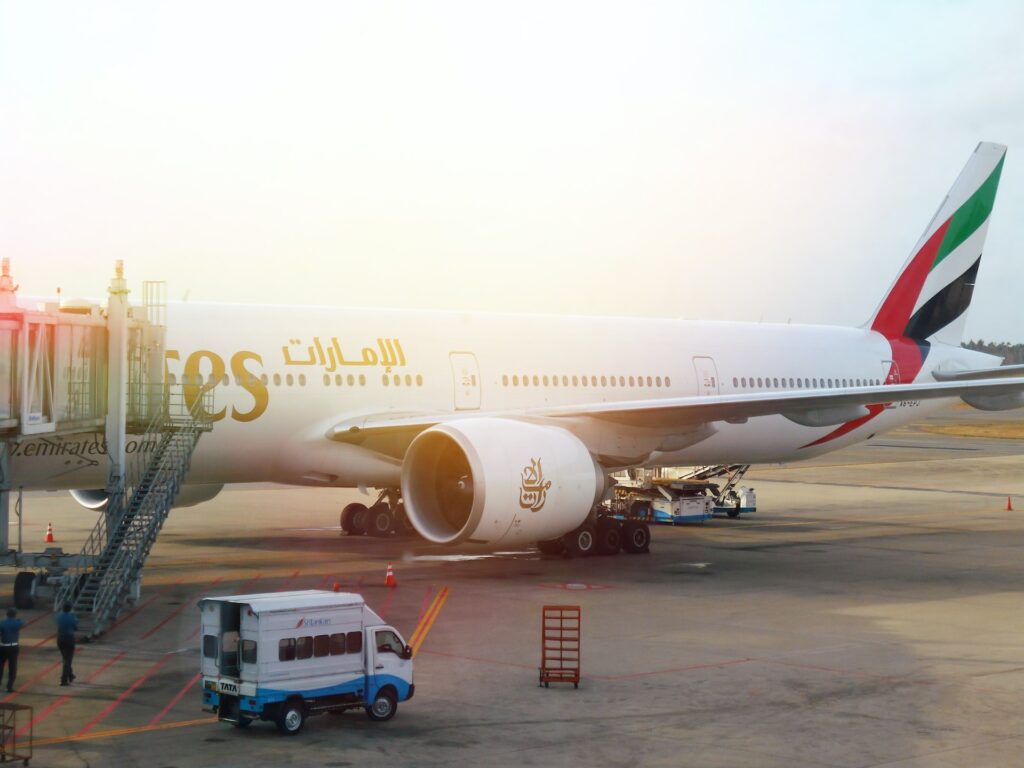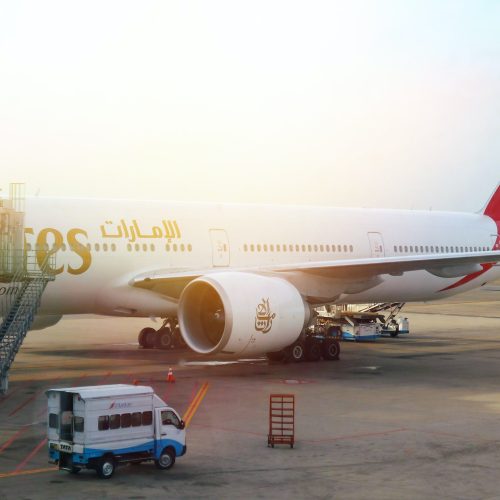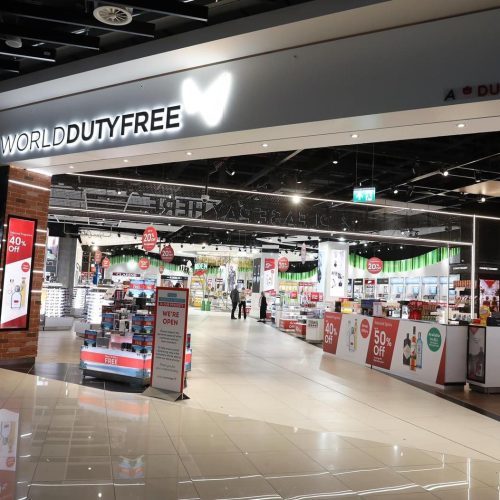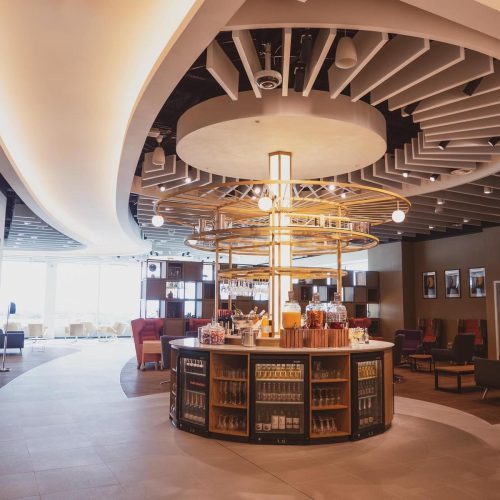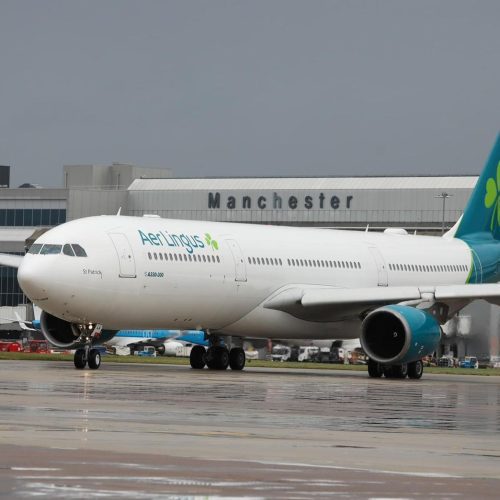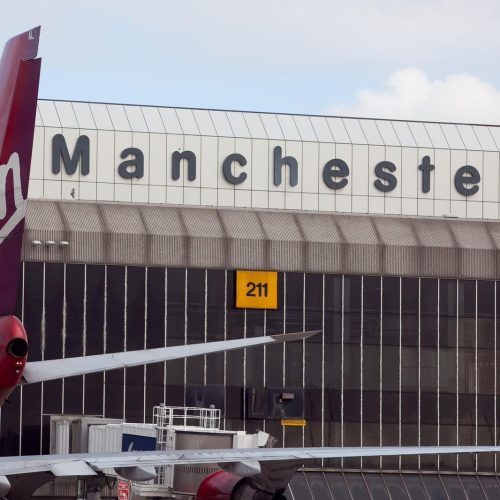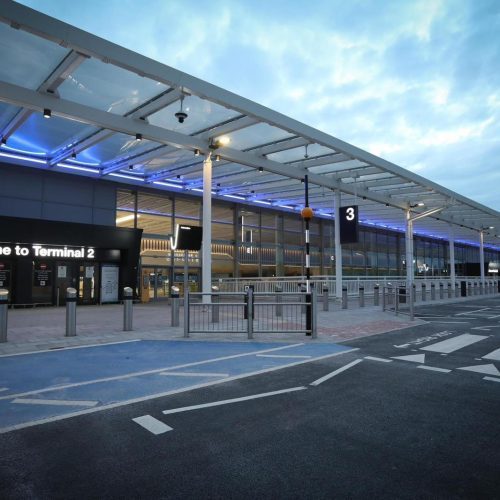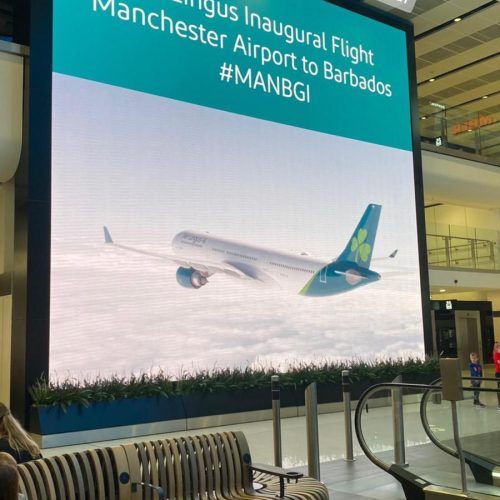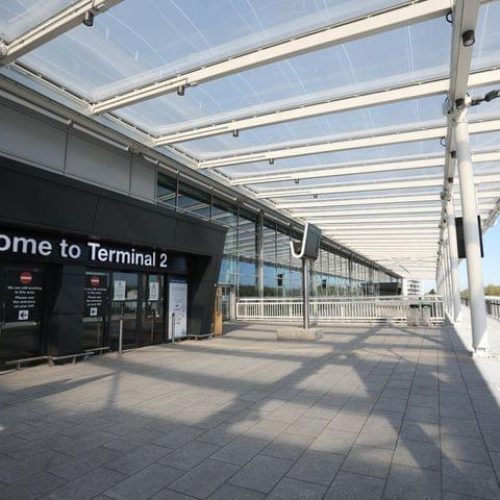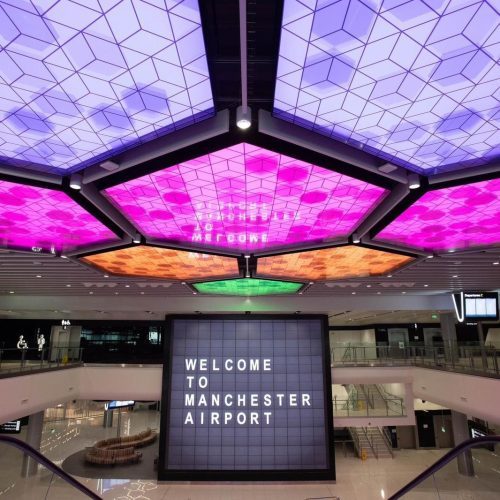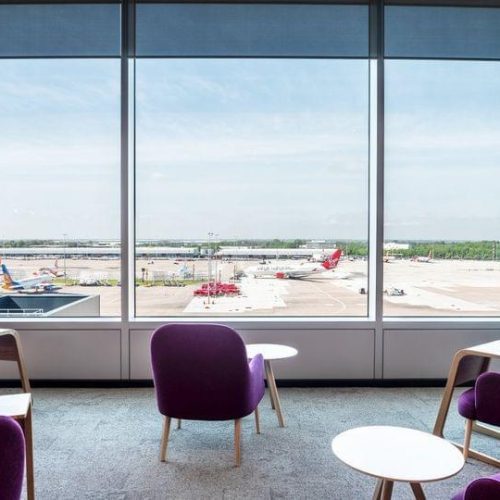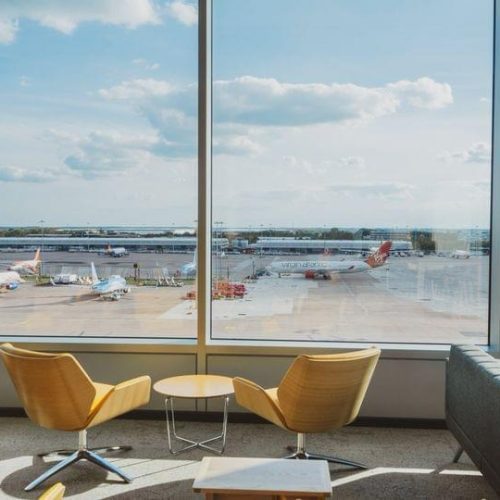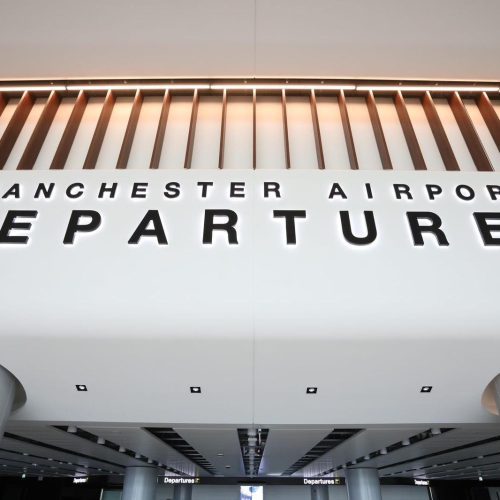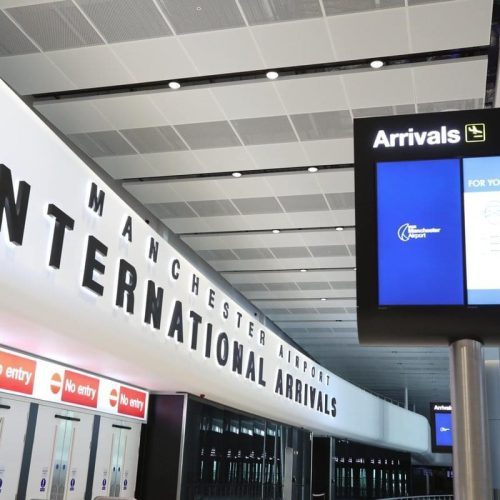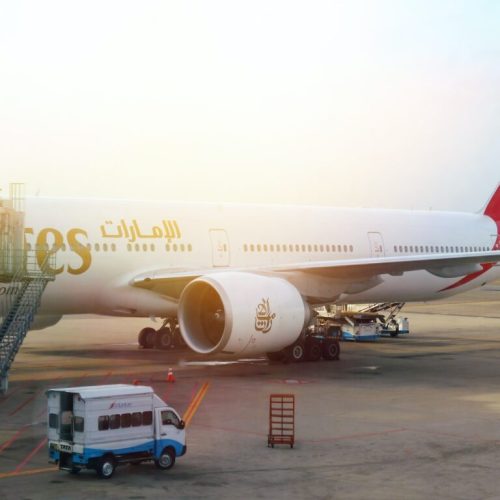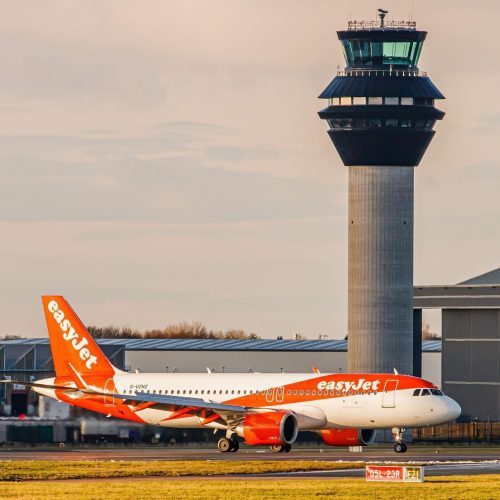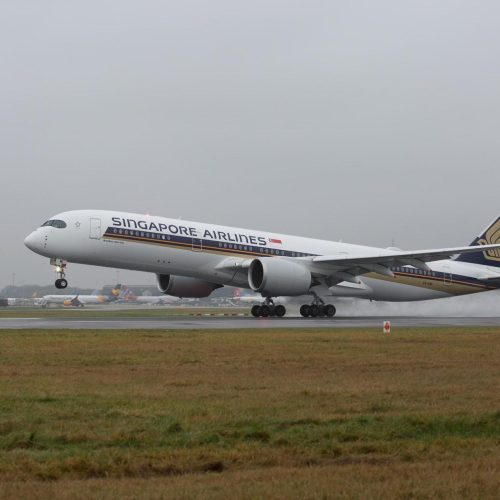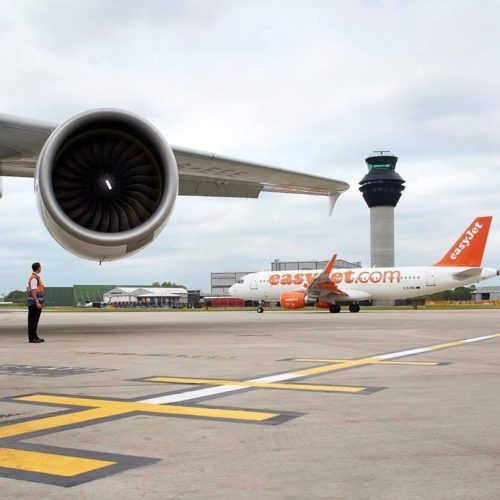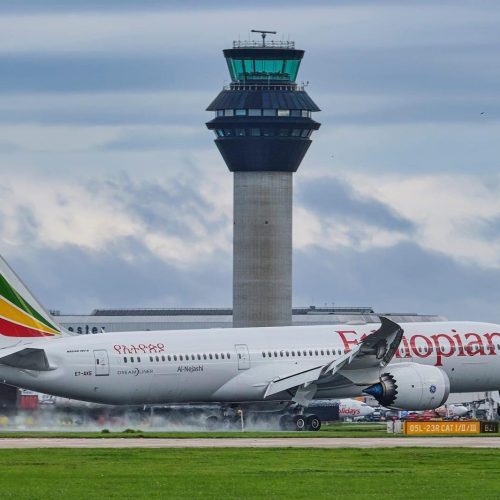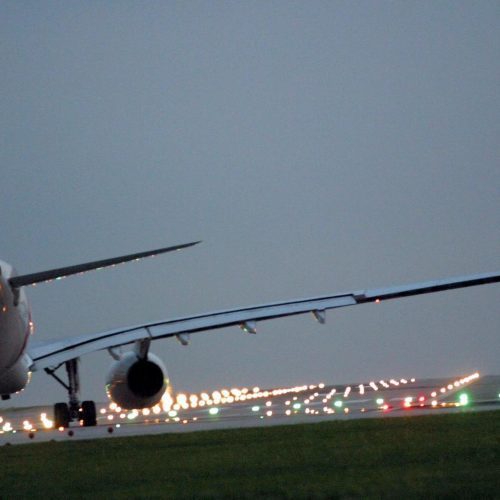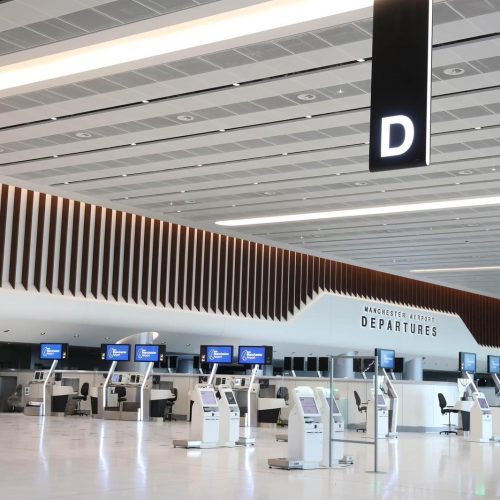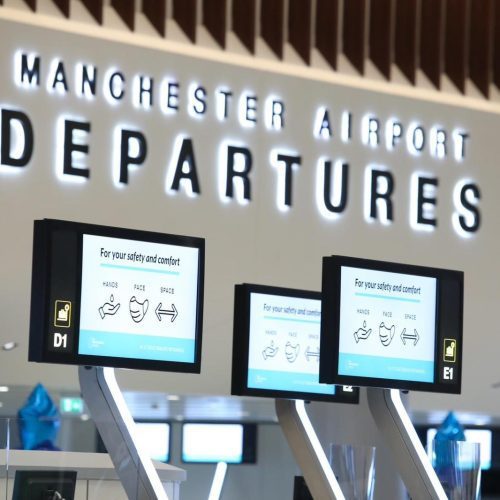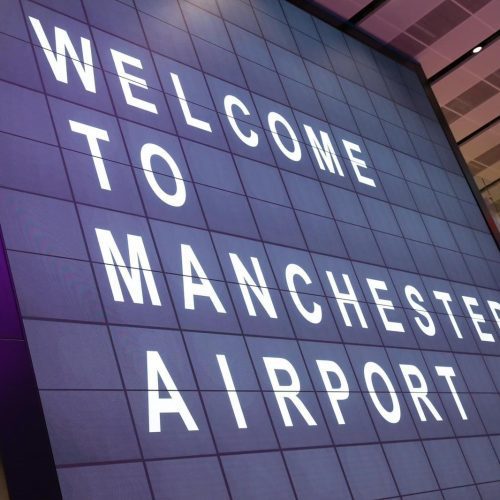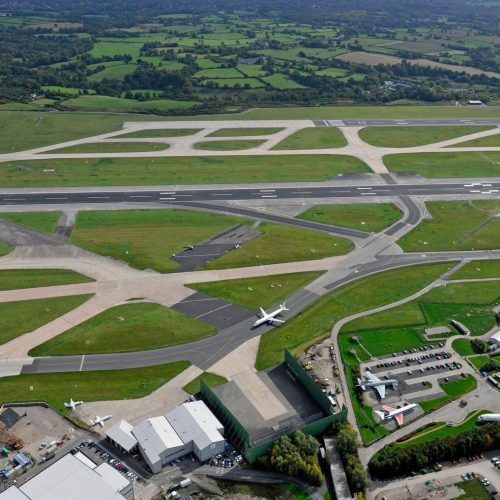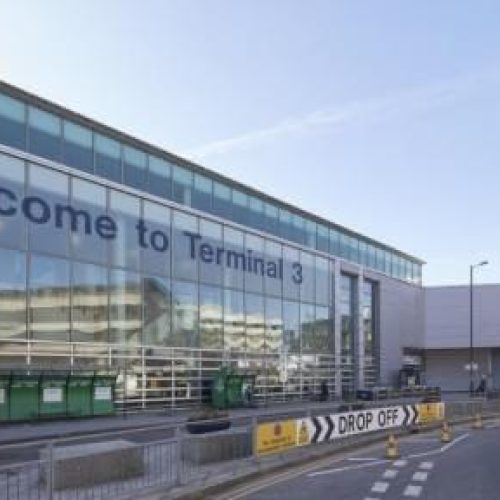Manchester Airport, located in Ringway, Manchester, England, is an international airport renowned for its extensive passenger services and remarkable connectivity. Being the third busiest airport in the United Kingdom based on passenger numbers, it has established itself as a key transportation hub outside of London. With three passenger terminals and a dedicated cargo terminal, Manchester Airport offers a seamless travel experience for both domestic and international travelers.
Since its official opening on June 25, 1938, under the name Ringway Airport, Manchester Airport has played a significant role in the aviation industry. During World War II, it served as an important base for the Royal Air Force under the name RAF Ringway. Today, the airport continues to evolve and expand, keeping pace with the growing demands of the modern traveler.
In an effort to further enhance accessibility, Manchester Airport has ambitious plans for the future. The upcoming Manchester Airport High-Speed Station, expected to open in 2033, aims to provide a convenient sub-ten-minute shuttle service connecting the airport to central Manchester. This project will not only ease congestion on the Styal Line but also improve connectivity for rail passengers, offering a seamless transition between air and rail travel.
With a record-breaking 27.8 million passengers handled in 2017, Manchester Airport embarked on a major expansion project to meet the growing demand. The expansion primarily focuses on doubling the size of Terminal 2, a project that commenced in 2019 and is expected to reach completion in 2024. This £1 billion investment will enable Terminal 2 to efficiently handle up to 35 million passengers, further elevating the airport's capacity and passenger experience.
In addition to its exceptional operational features, Manchester Airport offers fantastic opportunities for aviation enthusiasts and the general public. With public viewing areas available since its inception, visitors can witness the thrill of aircraft taking off and landing on the two runways. While the pier-top viewing facilities from the 1960s and 1970s have been closed due to security concerns, the airport still attracts approximately 300,000 visitors annually, ranking it among Greater Manchester's top 10 attractions.
Manchester Airport's strategic location, efficient operations, and commitment to continuous improvement have cemented its position as a vital transport hub in the United Kingdom. With its ongoing expansion projects and innovative initiatives, the airport aims to provide an exceptional travel experience for millions of passengers while contributing to the growth and development of the region.
One of the remarkable features of Manchester Airport is its commitment to sustainability and environmental stewardship. Recognizing the importance of reducing its carbon footprint, the airport has implemented various eco-friendly initiatives. It has invested in energy-efficient technologies, such as LED lighting and solar panels, to minimize energy consumption. Additionally, the airport actively promotes recycling programs and strives to reduce waste generation. These efforts have earned Manchester Airport accolades and recognition for its dedication to sustainable practices within the aviation industry.
As a hub of connectivity, Manchester Airport serves as a gateway to an extensive network of destinations. It offers direct flights to major cities across Europe, North America, Asia, and beyond. The airport's diverse range of airlines ensures that passengers have a wide selection of carriers and routes to choose from, providing flexibility and convenience for their travel plans.
Beyond its role as an aviation hub, Manchester Airport plays an active part in the local community. It is involved in numerous initiatives to support education, employment, and social development in the region. The airport collaborates with local schools and colleges, offering educational programs and internships to inspire the next generation of aviation professionals. It provides job opportunities for local residents

